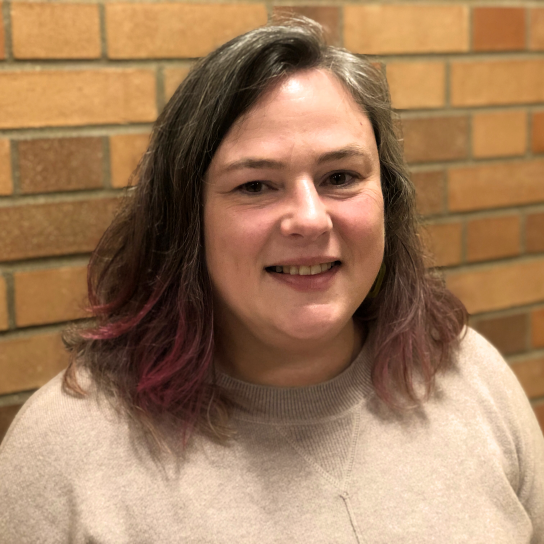by Carla Pfahl
Quick Summary
I attended this informative session by Joe Holtermann, Engineering Librarian from MSU Mankato. I love to come out of sessions brimming with ideas from things I just learned. This was definitely one of those sessions.
Body
I attended this informative session by Joe Holtermann, Engineering Librarian from MSU Mankato. I love to come out of sessions brimming with ideas from things I just learned. This was definitely one of those sessions. Joe talked about his process as a “guide” to library instruction. The value we can add as liaisons (and instructors) is in understanding, selecting, assessing, and navigating new forms of information, as well as content in an “economy of attention” to save the time of our patrons.
An analogy he offered when he opened the session was telling the audience about a presentation he attended by Joe Janes, Associate Professor at the Information School at University of Washington. Janes told the story about the “opening hand.” Libraries are thoughtful collectors and responsible conservators but there is displacement in the libraries. Janes asked the question, “When was the last time you called your travel agent?” He showed the image of a fist – clinging only to established roles, ownership of content, mediated use, and how things used to be. Then he showed another image of an open hand to represent new possibilities while still respecting the past.
As Joe found himself in a new role as a liaison to engineering students he looked for a way to instruct. He talked about the process of using LibGuides to create a coherent flow for his library instruction course. He described his method as providing a guided tour to the library via the LibGuides – starting with a welcome, then reference material, news sources, books, articles, journal lists, writing, and finally, web links. He integrates practical skills, highlights searching, viewing, and narrowing of search results, linking to articles, and includes hands-on exercises as essential pieces.
The narrative method of instruction is something I have been hearing a lot about, and Joe also commented saying this was a style he found successful with his students because the story of research serves as a connecting theme. For Joe, there are stories of science that are unfolding narratives of a process of inquiry. Approaching research in this manner with his students helps them to focus on what they want to say. When they have an understanding of what it is they want to say, they will know what information (from articles, books, newspapers, etc.) will add to their story.
Joe based a lot of his theories on Char Booth’s book Reflective Teaching, Effective Learning, which he also highly recommended as reading material. Another recommendation from Joe was The Creative Researcher by Kevin Byron (2009).
